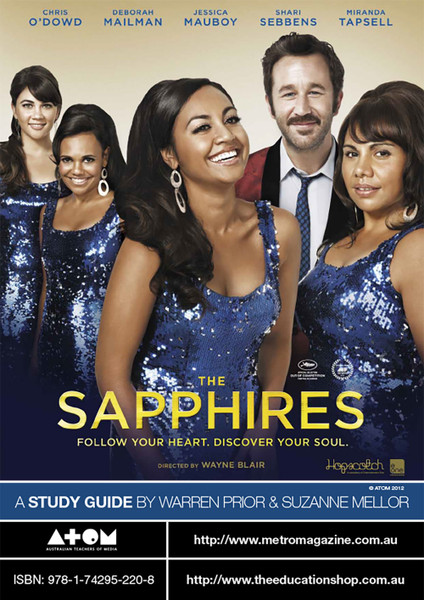Product Overview
Background
The film was inspired by a true story about four Indigenous women: sisters Laurel Robinson and Lois Peeler and their cousins Beverley Briggs and Naomi Mayers. These four Yorta Yorta women, born along the Murray River, were part of an extended family who regularly sang together in their community during the 1960s and 1970s. They toured Vietnam in the late 1960s, singing to American troops during the prolonged Vietnam War. All four women still live in Australia, working tirelessly for Indigenous peoples' rights.
Synopsis
The film is initially set on a remote mission in outback Australia, where three sisters who have sung together since they were very young enter a talent quest in a pub in a nearby country town. Even though they are overwhelmingly the best act, they don't win, as Aboriginals are not welcome in the town. The girls are 'spotted' by a down-on-his-luck Irish musician, Dave Lovelace, who is the pub pianist. As he dares to publicly voice his support for the sisters' undoubted talent he is promptly sacked by the pub owner.
One of the sisters hears about American marines in Vietnam needing acts to perform and they convince Dave to get them an audition. As they say, the rest is history, with the three sisters – Gail, Julie and Cynthia now joined by their 'lost sister', Kay – wow the US army recruiting officers and get to Vietnam. Over there they have a professionally successful tour and many personally challenging experiences, with the war happening all around them.
Curriculum links
The Sapphires is a PG-rated film, so it is suitable for a wide range of year levels, as are the issues it raises about indigenous Australians. Because of some swearing and non-explicit sex scenes, the film is mainly suited to middle to upper-secondary school levels.
The curriculum areas that the film could be related to include:
- SOSE/HSIE
- English
- Media Studies
- Civics and Citizenship
- Politics
- Indigenous Studies
- Music Studies











